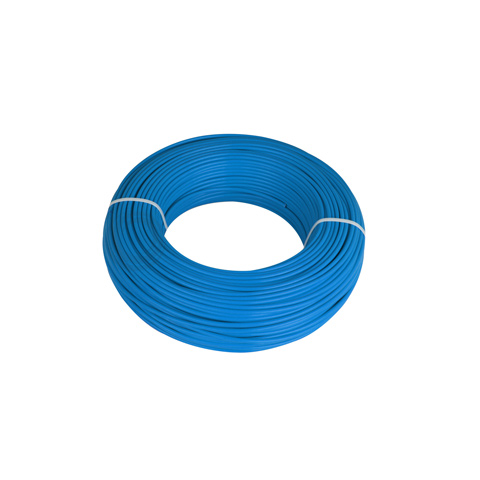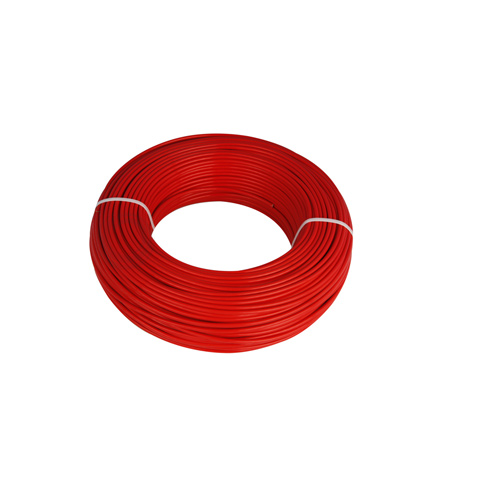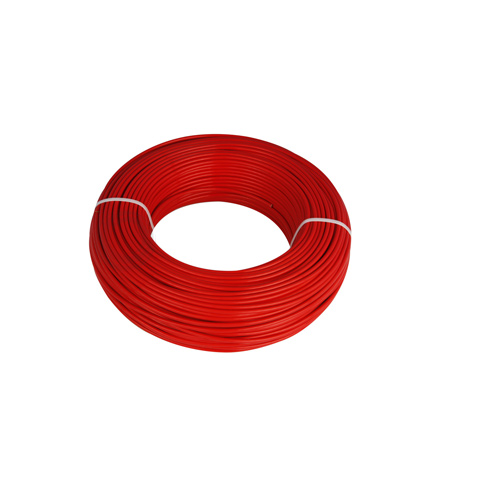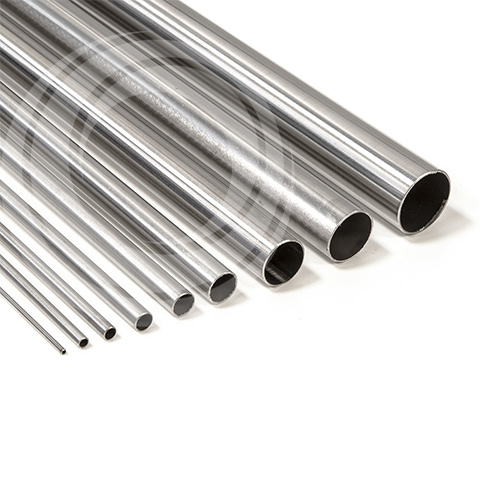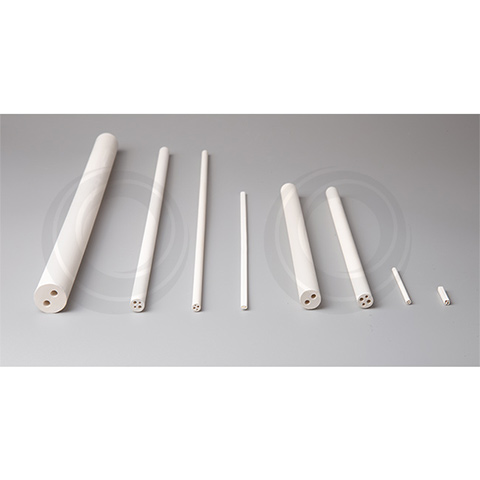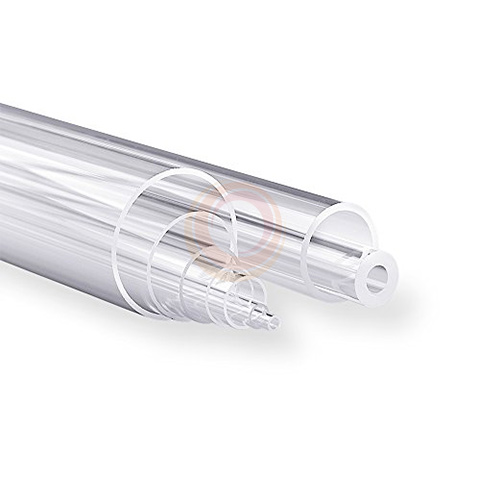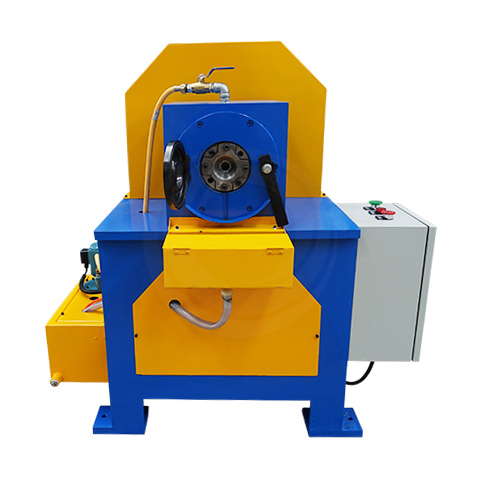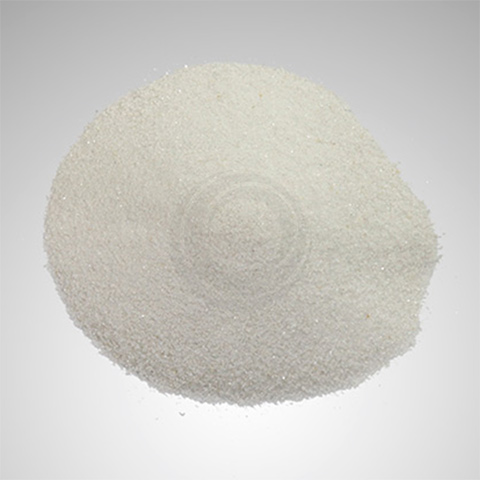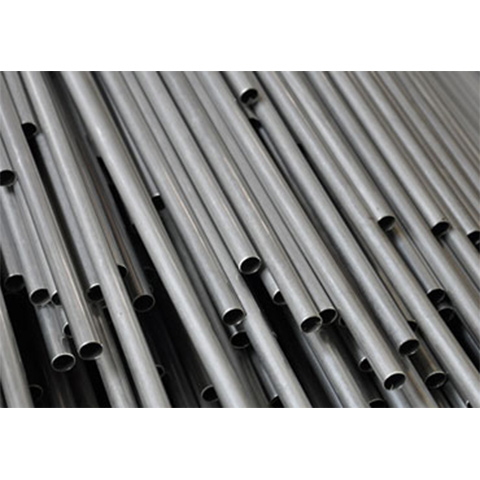Teflon Cable | Fluoroplastic - 250℃
Fluoroplastic Cable is a cable with polytetrafluoroethylene (fluororesin) as the insulating layer. According to its resin material, it can be used at high temperatures of 105 to 300°C, and can also be maintained in extremely low temperature environments of minus 150°C. Inherent properties of wires
Different between PTFE, PFA, FEP and ETFE
Fluoroplastics are alkane polymers in which some or all of the hydrogens are replaced by fluorine. They include polytetrafluoroethylene (PTFE), perfluoro (ethylene propylene) (FEP) copolymer, polyperfluoroalkoxy (PFA) resin, poly Chlorotrifluoroethylene (PCTFF), ethylene-chlorotrifluoroethylene copolymer (ECTFE), ethylene-tetrafluoroethylene (ETFE) copolymer, polyvinylidene fluoride (PVDF) and polyvinyl chloride (PVF).
PTFE polytetrafluoroethylene (also called PTEF), PFA tetrafluoroethylene-perfluoroalkoxy vinyl ether copolymer (also called: perfluoroalkylate), FEP fluorinated ethylene propylene copolymer (also called F46, It is a copolymer of tetrafluoroethylene and hexafluoropropylene), ETFE is a copolymer of ethylene and tetrafluoroethylene (commonly known as polyfluoroethylene). The heat resistance in descending order seems to be PTFE above 260℃ > PFA 260℃ > FEP 200℃ >> ETFE 150℃.
Application field
For Heat-resistant installation
As wiring in high-temperature devices that require 150°C to 250°C, it is especially used as temperature compensation wires.
For OA, FA Industrial
It is widely used in OA device wiring that requires high reliability, important component wiring of FA devices for cutting-edge industries, CO2 Welding Machine wires and control wires, robot wiring, etc.
For automotive wiring
It can be used in wiring and Fuel Gage sensors that require physical strength and chemical resistance.
For ships
It can be applied to wiring wires for Marine installations requiring durability and chemical resistance.
For Iron and steel works
It can be used in a variety of control devices requiring heat resistance, especially in places requiring extreme harsh environments.
Electrical appliances
It is widely used in electrical appliances that require heat resistance, chemical resistance and high-frequency wave characteristics. It is mainly used in the wiring of microwave ovens, gas stoves, electric irons, electric stoves, rice cookers and other appliances.
For Thermal power plant, chemical plant wiring
Fluoroplastic cable are used for wiring around devices that require an environment temperature above 250°C and in places exposed to oil. They are also used in internal wiring of chemical plants and internal wiring of chemical equipment that handles corrosive substances.
For aerospace industry
It can be used in computer devices, Coaxial Cables, and cutting-edge aerospace industries that require high reliability.
For Communication device
It is suitable for heat exchanger wiring that requires heat resistance, or communication device lines in harsh environments, especially in places that require high-frequency wave characteristics.
Fluoroplastic Material Characteristics
Fluoroplastic is widely used in industries requiring high temperature resistance and high viscosity. Fluoroplastic should be sprayed or dipped. There is basically no one at room temperature. There is one that sinters at a minimum of 180 degrees. However, it is only used for wear resistance and cannot be used for anti-adhesion. It does not age, does not stick, and can be used under no load conditions. It can be used at temperatures from -180°C to +260°C and has the lowest friction coefficient among known solid materials.
- Non-stickiness: Almost all substances do not adhere to the fluoroplastic coating. Very thin films also show very good non-stick properties.
- Heat resistance: Fluoroplastic coating has excellent heat resistance and low temperature resistance. It can withstand high temperatures up to 300°C in a short period of time, and can generally be used continuously between 240°C and 260°C. It has significant thermal stability. It can work at freezing temperatures without brittleness, and without melting at high temperatures.
- Sliding property: Fluoroplastic coating has a low friction coefficient. The friction coefficient changes when the load slides, but the value is only between 0.05-0.15.
- Moisture resistance: The surface of Fluoroplastic Coating does not stick to water and oil, and it is not easy to stick to solutions during production operations. If there is a small amount of dirt, it can be removed by simply wiping it. Short downtime, saving man-hours and improving work efficiency.
- Wear resistance: Excellent wear resistance under high load. Under a certain load, it has the dual advantages of wear resistance and non-adhesion.
- Corrosion resistance: Fluoroplastic is almost not corroded by chemicals and can protect parts from any kind of chemical corrosion

